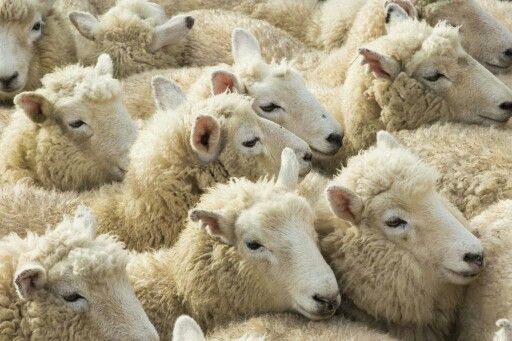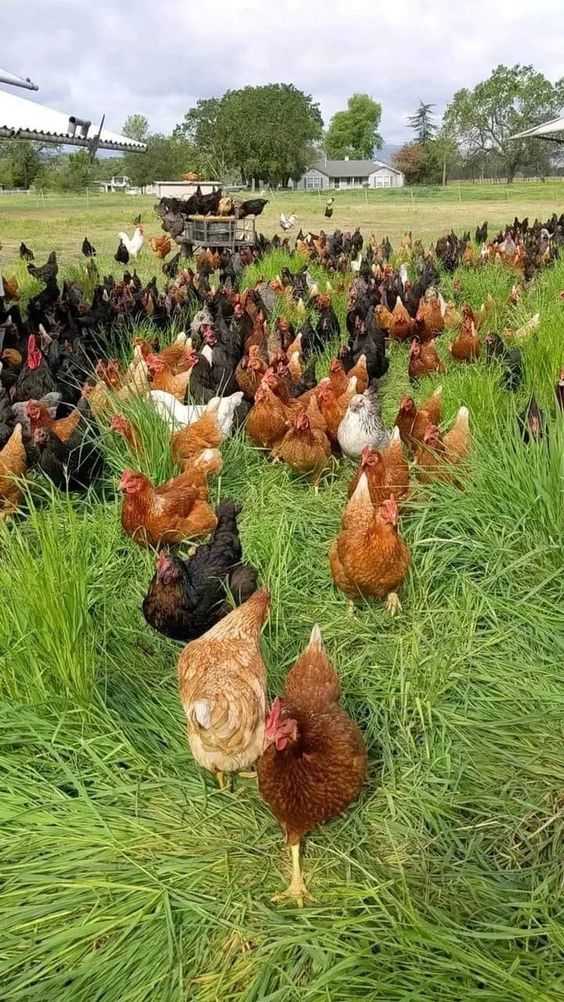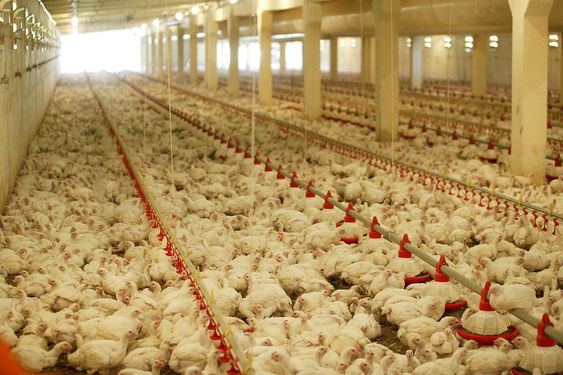Sheep Resource Management: A Comprehensive Guide
Sheep Resource Management have been a vital part of human civilization for millennia, providing us with wool, meat, and even milk. Effective sheep resource management is crucial for ensuring the sustainability, profitability, and well-being of your flock. This guide delves into the key aspects of managing sheep resources, from setting goals to implementing practical strategies.
Sheep are remarkably adaptable animals, thriving in diverse environments. However, their success hinges on careful management that considers their biological needs, economic viability, and environmental impact. Sheep resource management encompasses all aspects of raising sheep, from selecting breeds to breeding programs, nutrition, health care, marketing, and responsible land use.
Benefits of Effective Sheep Resource Management
- Improved Flock Health and Productivity: Well-managed flocks experience fewer health issues, resulting in lower veterinary costs and increased production of wool, meat, or milk.
- Enhanced Profitability: Implementing efficient practices reduces costs associated with feed, medication, and labor, leading to a higher return on investment.
- Sustainable Land Management: Sheep grazing can be a valuable tool for maintaining land health. Proper management practices minimize negative environmental impacts like soil erosion and promote biodiversity.
- Animal Welfare: Responsible sheep resource management prioritizes the well-being of animals. By providing them with adequate shelter, nutrition, and veterinary care, you ensure a good quality of life for your flock.
- Reduced Risk: Careful planning and record-keeping can help mitigate risks associated with disease outbreaks, harsh weather conditions, or market fluctuations.
Goals of Sheep Resource Management
The specific goals of your sheep operation will depend on your desired outcomes. Here are some common goals:
- Maximize Wool Production: Focus on breeds known for high-quality fleece, implement targeted feeding strategies, and maintain a consistent shearing schedule.
- Optimize Meat Production: Select breeds known for fast growth and high carcass yield, ensure proper nutrition for growth and development, and implement effective marketing strategies.
- Increase Milk Production: Choose breeds specifically bred for milk production, provide high-quality feed, and maintain a milking schedule that balances yield and animal health.
- Maintain a Breeding Flock: Develop a breeding program that selects for desired traits, ensures genetic diversity, and maintains lambing rates.
- Land Stewardship: Utilize sheep grazing to manage land resources, improve biodiversity, and promote soil health.
Key Elements of Sheep Resource Management
- Breed Selection: The first step is choosing breeds that align with your goals. Consider factors like wool quality, meat characteristics, milk production, adaptability to your climate, and lambing season.
- Herd Health Management: A proactive approach to animal health is essential. Regular vaccinations, parasite control, disease monitoring, and proper nutrition will keep your flock healthy and productive.
- Nutrition: Provide your sheep with a diet that meets their nutritional requirements for growth, maintenance, and reproduction. This may involve pasture, hay, concentrates, and mineral supplements.
- Reproduction Management: Develop a breeding program that utilizes sound practices to optimize lambing rates. This includes selecting suitable rams, monitoring breeding seasons, and ensuring proper lamb care.
- Record-Keeping: Maintaining accurate records is crucial for tracking your flock’s performance, identifying areas for improvement, and making informed decisions.
- Marketing: Developing effective marketing strategies is crucial for selling your products – wool, meat, milk, or breeding stock – at a fair price. Research your target market and build relationships with buyers.
- Financial Management: Track your income and expenses to assess profitability and identify areas where you can optimize your operation. Budgeting for future expenses is also important.
- Facilities and Equipment: Provide your sheep with adequate housing, fencing, shearing equipment, and handling facilities to ensure their safety, comfort, and well-being.
- Environmental Management: Be mindful of the environmental impact of your sheep operation. Implement practices like rotational grazing, managing manure, and maintaining water quality.
Strategies and Ideas for Effective Sheep Resource Management
Here are some specific strategies and ideas to consider for different aspects of sheep resource management:
Breeding Strategies:
- Implement selective breeding to improve desired traits like wool quality, lambing rates, and meat yield.
- Consider using artificial insemination with high-quality rams to enhance genetic diversity within your flock.
Nutrition Management:
- Conduct pasture analysis to determine the nutritional content of your grazing land.
- Supplement grazing with hay and concentrates during periods of low forage availability.
- Provide access to clean water sources throughout the year.
Health Management:
- Develop a vaccination schedule to protect your flock from common diseases.
- Implement a parasite control program to minimize internal and external parasites.
- Isolate sick animals promptly to prevent disease spread.
- Regularly monitor the health and behavior of your sheep.
Record-Keeping:
- Maintain detailed records of individual sheep, including breed, birth date, parentage, vaccinations, health treatments, and production data (wool weights, lambing records).
- Utilize software or spreadsheets to track flock performance and identify trends.
- Record financial information like feed costs, veterinary bills, and income from sales.
Marketing:
- Research potential buyers, such as local processors, fiber mills, or farmers markets.
- Develop a brand for your sheep operation and its products.
- Participate in agricultural shows and events to promote your products.
- Consider online marketing strategies to reach a wider audience.
Financial Management:
- Develop a budget that considers all your expenses, including feed, veterinary care, breeding costs, labor, and facility maintenance.
- Track your income from wool, meat, or milk sales to monitor profitability.
- Explore government programs or grants that might offer financial assistance for sheep production.
Facilities and Equipment:
- Design and maintain appropriate housing for your sheep, providing shelter from harsh weather conditions and predators.
- Ensure adequate space for movement and social interaction within the flock.
- Invest in high-quality fencing to keep your sheep contained and protect them from predators.
- Maintain shearing equipment in good condition to ensure a smooth and efficient shearing process.
- Utilize handling facilities that allow for safe and efficient animal handling during procedures like vaccinations, shearing, and hoof trimming.
Environmental Management:
- Implement rotational grazing practices to allow pastures to recover and prevent overgrazing.
- Manage manure effectively to avoid contamination of water sources and promote soil health.
- Utilize cover crops to improve soil fertility and provide additional forage for your sheep.
- Maintain natural habitats within your grazing area to support biodiversity.
Effective sheep resource management requires a multi-faceted approach that considers the needs of your animals, your economic goals, and the environment. By implementing the strategies and practices outlined above, you can create a sustainable and profitable sheep operation that contributes positively to your livelihood and the health of the land. Remember, sheep resource management is a continuous process that requires adaptation and improvement based on your experiences and evolving circumstances.






